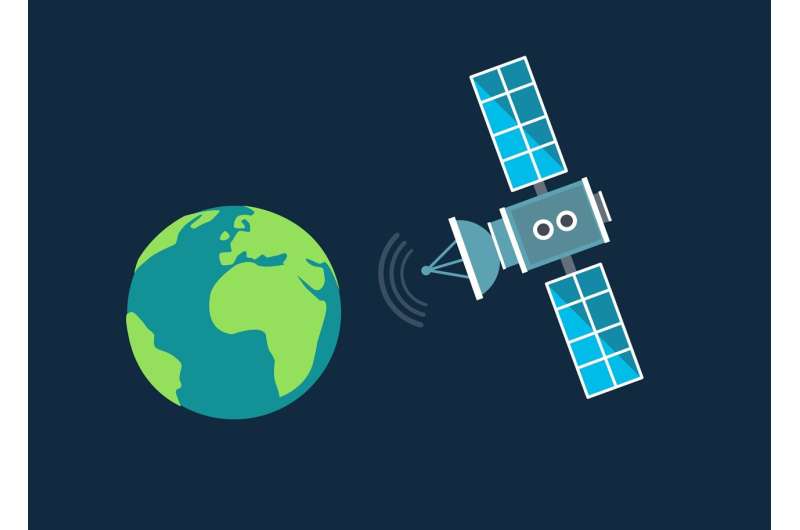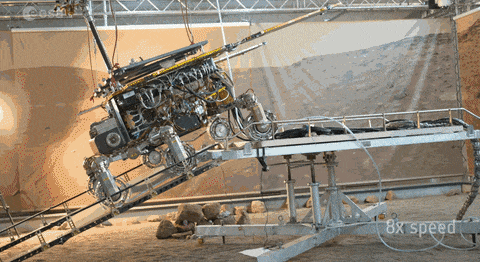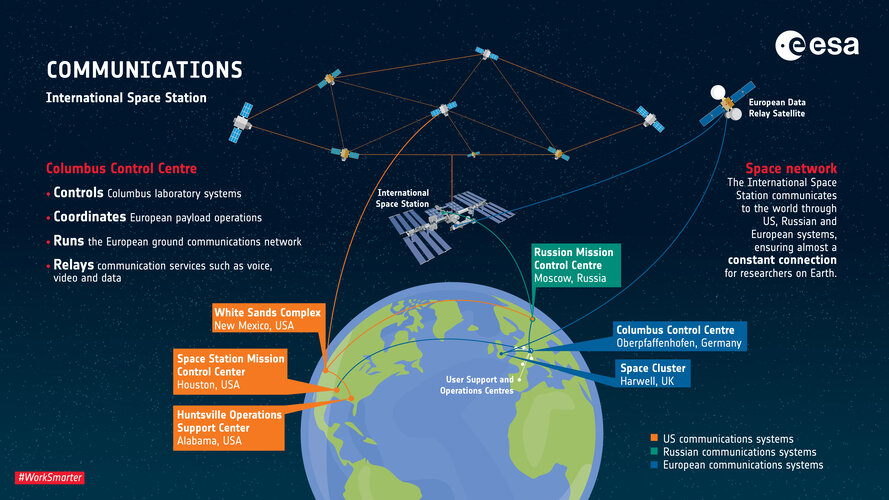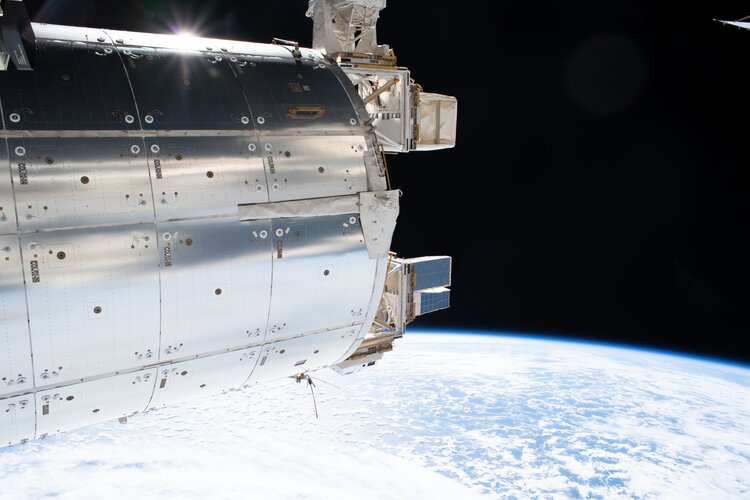
Copernical Team
Airbus teams with Japan telcos to study connectivity services from high-altitude platforms
 Airbus, Nippon Telegraph and Telephone Corporation (NTT), NTT DOCOMO, and SKY Perfect JSAT have jointly begun studying the feasibility of collaborating on future high-altitude platform stations (HAPS)-based connectivity services as part of a future space-based wireless connectivity ecosystem.
Launched with a memorandum of understanding (MOU), the study aims to identify the early deployment
Airbus, Nippon Telegraph and Telephone Corporation (NTT), NTT DOCOMO, and SKY Perfect JSAT have jointly begun studying the feasibility of collaborating on future high-altitude platform stations (HAPS)-based connectivity services as part of a future space-based wireless connectivity ecosystem.
Launched with a memorandum of understanding (MOU), the study aims to identify the early deployment Palomar survey instrument analyzes impact of Starlink satellites

Since 2019, SpaceX has been launching an increasing number of internet satellites into orbit around Earth. The satellite constellation, called Starlink, now includes nearly 1,800 members orbiting at altitudes of about 550 kilometers. Astronomers have expressed concerns that that these objects, which can appear as streaks in telescope images, could hamper their scientific observations.
To quantify these effects, a team of researchers studied archival images captured by the National Science Foundation (NSF)-funded Zwicky Transient Facility (ZTF), an instrument that operates from Caltech's Palomar Observatory near San Diego. ZTF scans the entire night sky every two days, cataloging cosmic objects that explode, blink, or otherwise change over time. This includes everything from supernovae to near-Earth asteroids. The Zwicky team members say they decided to specifically study the effects of Starlink satellites because they currently represent the largest low-Earth orbit, or LEO, constellation, and they have well-characterized orbits.
The findings, reported in the January 17 issue of The Astrophysical Journal Letters, shows 5,301 satellite streaks appear in archival images taken between November 2019 and September 2021. The streaks are most apparent in so-called twilight observations, those taken at dawn or dusk, which are important for finding near-Earth asteroids that appear close to the sun in the sky.
Steady driving towards ExoMars launch

The first simulation of the ExoMars Rosalind Franklin rover driving off its landing platform closed out an incredible year of preparations as the mission now marches with confidence towards a September launch.
Space Station communications infographic
 Image:
Space Station communications infographic
Image:
Space Station communications infographic Crown aurora borealis
 Video:
00:00:55
Video:
00:00:55
Timelapse video made during ESA astronaut Thomas Pesquet’s second mission to the International Space Station, “Alpha” around 4 November 2021. The camera was setup to take pictures at intervals of two a second, and the pictures are then edited into this video that plays at 25 pictures a second. The video is around 12 times faster than real speed.
Thomas shared this video on social media explaining that the pictures were taken from the docked Crew Dragon spacecraft windows and it was the strongest aurora the crew had seen during their six months ins space.
Over 200 experiments were
Space science in 360° | Cosmic Kiss
 Video:
00:00:00
Video:
00:00:00
Immerse yourself in 360° of science with ESA astronaut Matthias Maurer as he prepares an experiment to examine how human cells behave in weightlessness.
The Cytoskeleton experiment is a biological study that aims to determine the changing function of RhoGTPases when in vitro cell cultures are exposed to weightlessness. It will run in the Biolab facility of Europe’s Columbus laboratory.
In this video, we see Matthias remove Cytoskeleton cell cultures from the Minus Eighty Lab Freezer ISS (MELFI) and prepare them in the Life Sciences Glovebox (LSG) before installing the experiment in Columbus’s BioLab.
Matthias was launched to the International
Data-relay system connects astronauts direct to Europe

Astronauts on board the International Space Station are connecting straight to Europe at light speed, thanks to the European Data Relay System.
Watch Director General's annual press conference 2022

Watch live: our start-of-year press conference looking ahead at 2022, with ESA Director General Josef Aschbacher and ESA Directors, from 10:00 CET on 18 January.
Pixxel Partners with Rio Tinto to investigate benefits of hyperspectral satellite technology
 Earth imaging company Pixxel has announced an early adoption partnership with Rio Tinto. Pixxel's imaging satellites, capable of 5 meter hyperspectral imaging, will help Rio Tinto assess the benefits the technology may provide in mineral exploration, monitoring active and closed mine sites as well as track ESG indicators. Rio Tinto will begin its assessment of the technology following the releas
Earth imaging company Pixxel has announced an early adoption partnership with Rio Tinto. Pixxel's imaging satellites, capable of 5 meter hyperspectral imaging, will help Rio Tinto assess the benefits the technology may provide in mineral exploration, monitoring active and closed mine sites as well as track ESG indicators. Rio Tinto will begin its assessment of the technology following the releas Zero CO2 emissions 'spaceplane' parts to be manufactured in the heart of Sydney
 Aerospace engineering startup Hypersonix Launch Systems has signed a Master Research Collaboration Agreement (MRCA) with the University of Sydney to research and manufacture the components of a zero emissions, hypersonic spaceplane - a launch vehicle capable of deploying small satellites into low earth orbit (LEO).
Named Delta Velos, the vehicle will be powered by four green hydrogen-fuele
Aerospace engineering startup Hypersonix Launch Systems has signed a Master Research Collaboration Agreement (MRCA) with the University of Sydney to research and manufacture the components of a zero emissions, hypersonic spaceplane - a launch vehicle capable of deploying small satellites into low earth orbit (LEO).
Named Delta Velos, the vehicle will be powered by four green hydrogen-fuele 